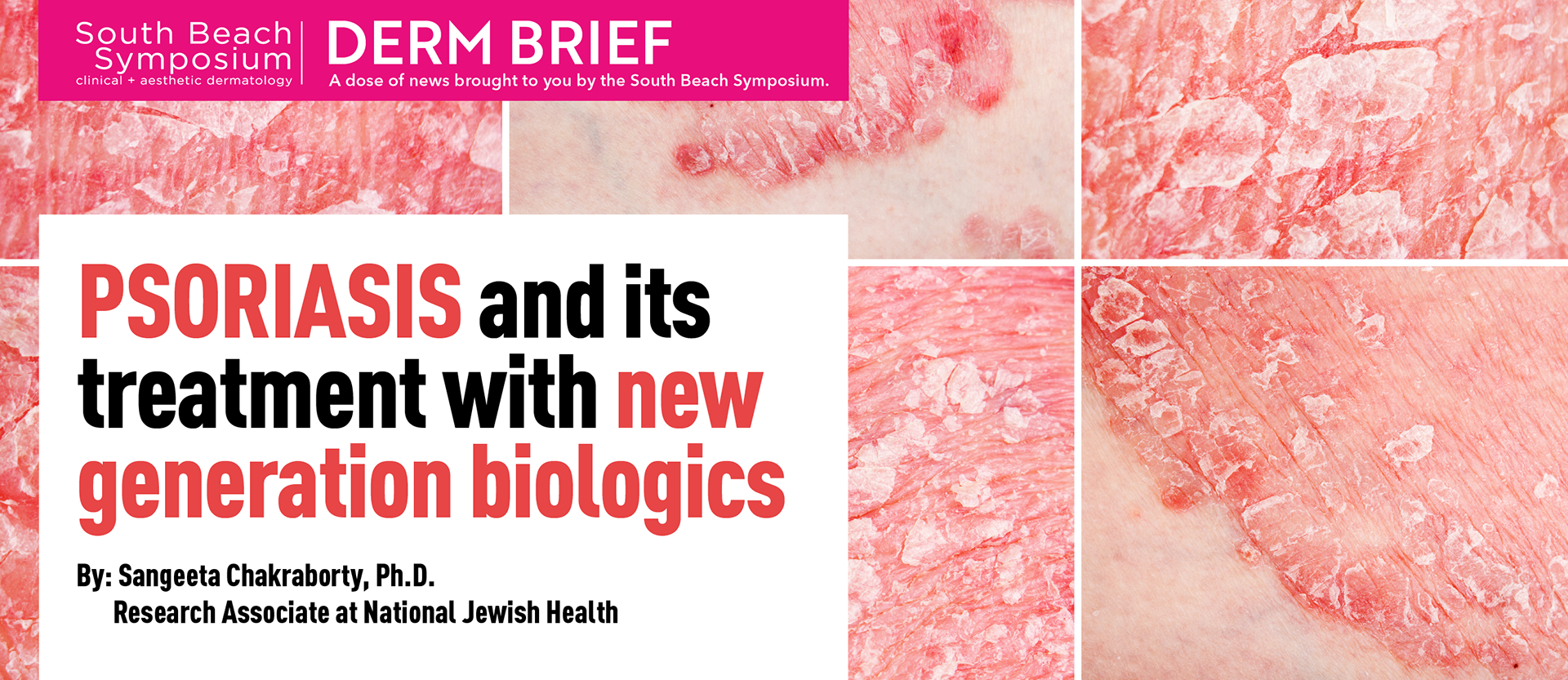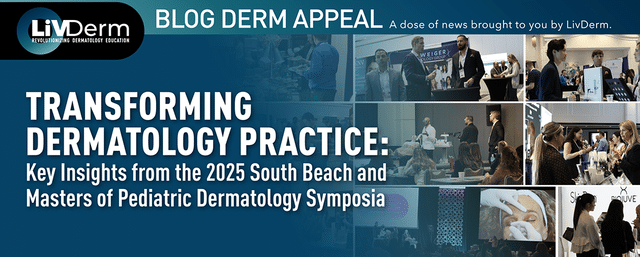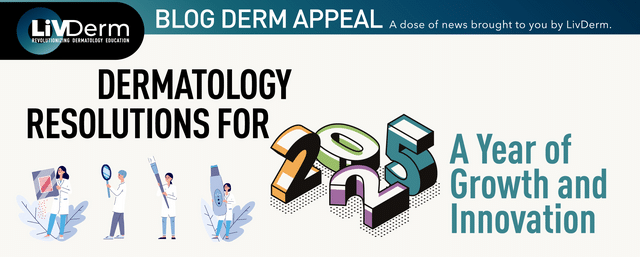By: Sangeeta Chakraborty, Ph.D. | Research Associate at National Jewish Health
Overview
Psoriasis is one of the most common non-communicable skin disorders with a worldwide prevalence of about 2% but can vary from 0.5 to 11%, depending on the geographic region. Since psoriasis pathogenesis is quite complex and the exact mechanisms of its cause are not known; clinicians mostly prescribe a combination of therapies—from topical to injected medications—to help relieve symptoms.
Psoriasis manifests as well-demarcated, red, and scaly plaques on the skin often at sites such as scalp, nails, knees, and elbows. Although the disease presents as a skin condition, it is a chronic autoimmune inflammatory disorder where a broad range of immunological events drives psoriatic manifestations. Inflammation in the pre-psoriatic skin of genetically susceptible individuals often starts due to some kind of skin trauma, UV exposure, infections, smoking, pollution, or the presence of risk factors like diabetes, obesity, and hypertension.
The pathogenesis of this disease is complicated, and multiple risk factors are thought to trigger the onset, such as the presence of specific gene loci, epigenetic, environmental, and immune-related factors, especially T-cells, dendritic cells, and diverse cytokines. Individuals with psoriasis often develop other comorbidities like psoriatic arthritis, cardiovascular diseases, and depression. Aside from the physical disfigurement, psoriasis can make social life immensely difficult owing to the stigmatization associated with the symptoms.
Skin tissues from psoriatic plaques show extreme disfiguration of the epidermis due to irregular and rapid growth of cells, leucocyte infiltration, and an increased number of blood vessels in the dermis. Early stages of inflammation often start with uncontrolled interactions between the epidermal skin cells and the dermal immune cells. Eventually, the immune interactions launch into a chronic self-propagating cycle that shifts the keratinocytes into a hyperdrive forming scaly and bumpy patches on the skin. During the disease, individual erythematous plaques (in about 90% of psoriasis cases) often fuse and cover large areas of skin.
New research has shown that psoriasis is a T-cell mediated disorder with a prominent autoimmune aspect1, 4. Psoriatic lesions are shown to contain three primary T-cell subsets: Th1, Th17, and Th22 that produce IFNγ, IL17, and IL22, respectively. These cytokines cause keratinocytes to proliferate uncontrollably and display self-antigens on their surface. The self-antigen carrying keratinocytes are then attacked by the Th17 and Th1 cells, leading to a cycle of chronic inflammation.
Topical and systemic treatment options
The first line of treatment for mild psoriasis includes topical corticosteroids. They act by slowing down inflammation and proliferation. Corticosteroids like fluocinonide, clobetasol, and betamethasone are routinely prescribed to patients as long as they have active thick lesions. Sometimes topical vitamin D analogs (calcipotriene and calcitriol) are used in combination with the corticosteroids to achieve better efficacy. Systemic therapy for psoriasis includes broad-range immunosuppressive or immunomodulatory drugs such as methotrexate, cyclosporine, and apremilast. Treatment options are chosen based on the severity of the disease, relevant comorbidities, efficacy, and patient’s response to therapy.
New-generation biologics- the latest breakthrough in psoriasis treatment
Recent breakthroughs in the understanding of the immunobiology of psoriasis have brought a new generation of therapeutics known as biologics to the forefront of psoriasis treatment. Biologics, as the name suggests, are derived from living cells or through a biological process. They are highly specific monoclonal antibodies that work by blocking particular immune pathways that are known to cause psoriasis and its symptoms. Effective treatment relies on the blockade/inhibition of the specific T-cell subsets and the corresponding cytokines that trigger and drive the inflammation in the psoriatic plaques. Treating psoriasis using biologics has revolutionized the lives of many psoriatic patients.
Some of the older biologics (adalimumab, etanercept, and certolizumab) target TNFα, which is an upstream mediator of inflammation, and thus have a broad range of activity. Current research shows that the Th17 subset, induced by IL23, is the primary driver of the pathogenic outcome in psoriasis patients. Therefore, many clinical trials are testing monoclonal antibodies (Mabs) that specifically block the IL23-Th17-IL17 axis. This new generation of biologics targets either IL17 or IL23-mediated signaling.
The FDA approved IL17 blockers include Secukinumab, Ixekizumab, and Broadalumab. All three drugs are available for the treatment of moderate to severe psoriasis as well as psoriatic arthritis. Clinical trials have shown highly effective results using anti-IL17 based therapy with minimum side effects.
| Secukinumab | IL17A IgG1κ monoclonal antibody | Targets IL17 cytokine type A |
| Ixekizumab | IL17A monoclonal antibody | Targets IL17 cytokine type A |
| Broadalumab | IL17 receptor A | Targets IL17 receptor |
The newest class of biologics to enter the market are the IL23 blockers. Among these, some exclusively target the IL23 by blocking the p19 subunit that is unique to IL239, while others target p40, which is shared by both IL23 and IL12, and thus disrupt their respective signaling pathways. Blockade via p40 disrupts both Th17 and Th1 arms of the immune system as opposed to only Th17 achieved by blocking of p19.
| Tildrakizumab | IL23 IgG1κ monoclonal antibody | Targets IL23 cytokine subunit p19 |
| Risankizumab | IL23 monoclonal antibody (in development) | Targets IL23 cytokine subunit p19 |
| Guselkumab | IL23 IgGλ monoclonal antibody | Targets IL23 cytokine subunit p19 |
| Ustekinumab | IL12 and IL23 IgG1/ κ monoclonal antibody | Targets IL13 & IL23 cytokines shared subunit p40 |
A standard method to assess the efficacy of the biologics in clinical trials is the Psoriasis Assessment and Severity Index (PASI) score. The PASI scale ranges from 0-72 based on erythema, induration, and plaque area weighted by body surface area. Higher scores represent more severe disease. The endpoint of clinical studies is given as PASI percentage, where PASI 75 means a 75% reduction in the PASI score10.
In the last decade, this new generation of biologic drugs (IL17 and IL23 blockers) have shown better efficacy and therapeutic profiles than pre-existing broad range immunosuppressors, such as the TNFα inhibitors, as demonstrated by a large number of patients achieving PASI 75 and above score in multiple clinical trials.
- Krueger, Gerald, and Charles N. Ellis. “Psoriasis—recent advances in understanding its pathogenesis and treatment.” Journal of the American Academy of Dermatology 53.1 (2005): S94-S100.
- Lowes, Michelle A., Mayte Suárez-Fariñas, and James G. Krueger. “Immunology of psoriasis.” Annual review of immunology 32 (2014): 227-255.
- Kamiya, K., Kishimoto, M., Sugai, J., Komine, M., Ohtsuki, M. “Risk Factors for the Development of Psoriasis.” Int. J. Mol. Sci. 20 (2019): 4347.
- Casciano, Fabio, et al. “T cell hierarchy in the pathogenesis of psoriasis and associated cardiovascular comorbidities.” Frontiers in immunology 9 (2018): 1390.
- Diani, Marco, Gianfranco Altomare, and Eva Reali. “T helper cell subsets in clinical manifestations of psoriasis.” Journal of immunology research 2016 (2016).
- Casciano, Fabio, et al. “T cell hierarchy in the pathogenesis of psoriasis and associated cardiovascular comorbidities.” Frontiers in immunology 9 (2018): 1390.
- Rendon, Adriana, and Knut Schäkel. “Psoriasis Pathogenesis and Treatment.” International journal of molecular sciences vol. 20,6 1475. 23 Mar. 2019, doi:10.3390/ijms20061475
- InformedHealth.org [Internet]. Cologne, Germany: Institute for Quality and Efficiency in Health Care (IQWiG); 2006-. Topical treatments for psoriasis. 2017 May 18.
- www.uptodate.com/contents/treatment-of-psoriasis-in-adults
- Campa, Molly, et al. “A review of biologic therapies targeting IL-23 and IL-17 for use in moderate-to-severe plaque psoriasis.” Dermatology and therapy 6.1 (2016): 1-12.
















